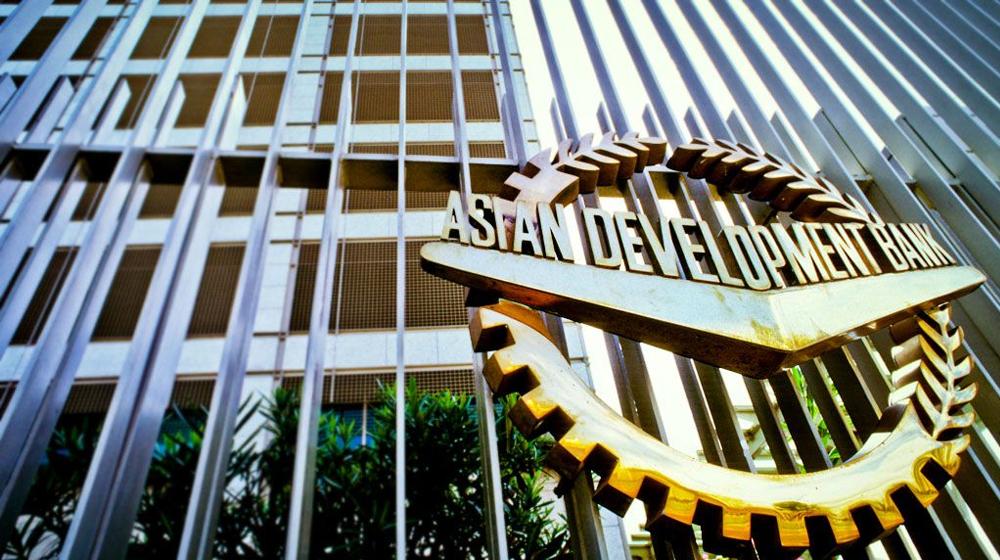Pakistan has the most number of Asian Development Bank (ADB) supported projects (7 out of 12) – in the fields of agriculture, natural resources, and rural development – that haven’t proven to be successful.
ADB, in its latest report, “Sector-wide, Evaluation ADB Support for Agriculture, Natural Resources, and Rural Development”, states that some countries, such as Pakistan, have made limited progress along the trajectory from an agriculture-based economy to a transforming economy, or have even regressed, illustrating the challenges of moving from the production of commodities to establishing a more sophisticated and integrated sector that promotes the commercialization and value addition necessary for further development.
This evaluation focuses on the sector classified by ADB as agriculture, natural resources, and rural development over the period 2005–2017. It is part of a new series of sector-wide evaluations undertaken by the Independent Evaluation Department (IED). Pakistan had the largest number of less than successful projects (7 out of 12).
The unsuccessful projects include (i) Agribusiness Development Project, (ii) Malakand Rural Development Project, (iii) Sindh Rural Development Project, (iv) National Drainage Sector Project, and (v) Agriculture Sector Program II.
The report further states that a number of countries—Cambodia, Lao People’s Democratic Republic (Lao PDR), Nepal, and Pakistan in particular— have underinvested in agricultural research and have outdated equipment and facilities that impede productive research and compromise the number and quality of research outputs.
The use of shallow tube wells, as well as deep-bore well pumping, has become common, especially in India, Iran, and Pakistan. Such irrigation avoids some of the disadvantages of flow irrigation and allows for easier drainage. However, in many Asian aquifers, water tables are declining due to over-extraction beyond sustainable yields, exacerbated in some cases by energy subsidies for pumping.
More recent country partnership strategy (CPSs) e.g., those for India, Pakistan, Tajikistan, and Uzbekistan touched on the role of water use management in increasing agriculture productivity. This reflected the increasing importance of water efficiency and productivity in agriculture, particularly in regions experiencing increasing water stress and resource scarcity. By contrast, agricultural policy received little attention in CPSs.
There were efforts to expand infrastructure support in railways, water transport, and storage and drying facilities related to agriculture development (e.g., in the PRC, Myanmar, Pakistan, and the Philippines).
The success rates in the PRC, Lao PDR, Nepal, and Vietnam were all 100%. Azerbaijan and Malaysia also had 100% success rates, but they had only one project each.
Some of them, e.g., the Agriculture Sector Program II in Pakistan, had overly ambitious designs and poor assumptions coupled with little complementary support.
The Pakistan Forestry Sector Project exceeded the original output targets but was nevertheless found to be less than effective because of the large variability in tree survival rates and funding shortfalls that affected the ongoing protection of many plantations.
In the case of the Pakistan National Drainage Sector Project, the poor quality of construction meant that some of the structures and maintenance works were already disappearing at the time of the project (or program) completion report (PCR) mission.
In the case of the Pakistan Sustainable Livelihoods in the Barani Areas Project, the incorporation in the design of a demand-driven approach for targeting the poor and vesting the responsibility for operations and maintenance resting with community-level organizations helped support the sustainability of the investments.






















corrupt logon ko project chalaney ky liye diya hoga.